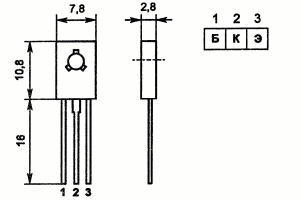And those old MC head amp, low Rbb transistors are obsolete so get them while you can.
JR
JR
What topology would you suggest? How do you adress input bias currents?I had started to investigate what such a preamp might look like.
They aren't...I think the Toshibas are still made (2SA1316/2SC3329).
What topology would you suggest? How do you adress input bias currents?I had started to investigate what such a preamp might look like.
They aren't...I think the Toshibas are still made (2SA1316/2SC3329).
Sure, but you never really now what the magnetics does with DC. Probably OK, but it's difficult to be sure.Input bias and noise current is somewhat mitigated by a < 1 ohm source impedance.
Yes--I've just recently done that for a MC amp and got down to about -145 dBu EIN which is a start, but still short from the desired performance for a ribbon amp. Stability seems to be difficult to ensure though, took me several days to work things out...One starting point is to use one of the transformerless topologies from that thread you posted and parallel up several of the lowest impedance devices you can still find. The gain and feedback resistor values would likewise need to be scaled down to not degrade overall NF. The imbedded opamp would benefit from adding a discrete driver to deal with these low impedance feedback values.
That's what I thought as well, but I didn't find a convincing complementary topology yet (which does not need an extra summing amplifier for both halfes).I would match bias currents using complementary sets.
Balanced will be convenient as it usually ensures good PSRR and perhaps cancels offsets, but it quadruples the required silicon... :shock:We may as well operate balanced in to begin with.
Tell me more!There are also ways to use floating supplies and capacitors other than at the input to make the input current zero.
Tell me more!There are also ways to use floating supplies and capacitors other than at the input to make the input current zero.
Thanks, unfortunately I don't have easy access to this writing. Could you perhaps sketch the topology?The article by Paul Rossiter for a MC pre-preamp with zero input current is in the September 2006 aXp.
Thanks, unfortunately I don't have easy access to this writing. Could you perhaps sketch the topology?The article by Paul Rossiter for a MC pre-preamp with zero input current is in the September 2006 aXp.

BTW, some more curious, who's who here ?
1,2,3 = B,C,E ?
